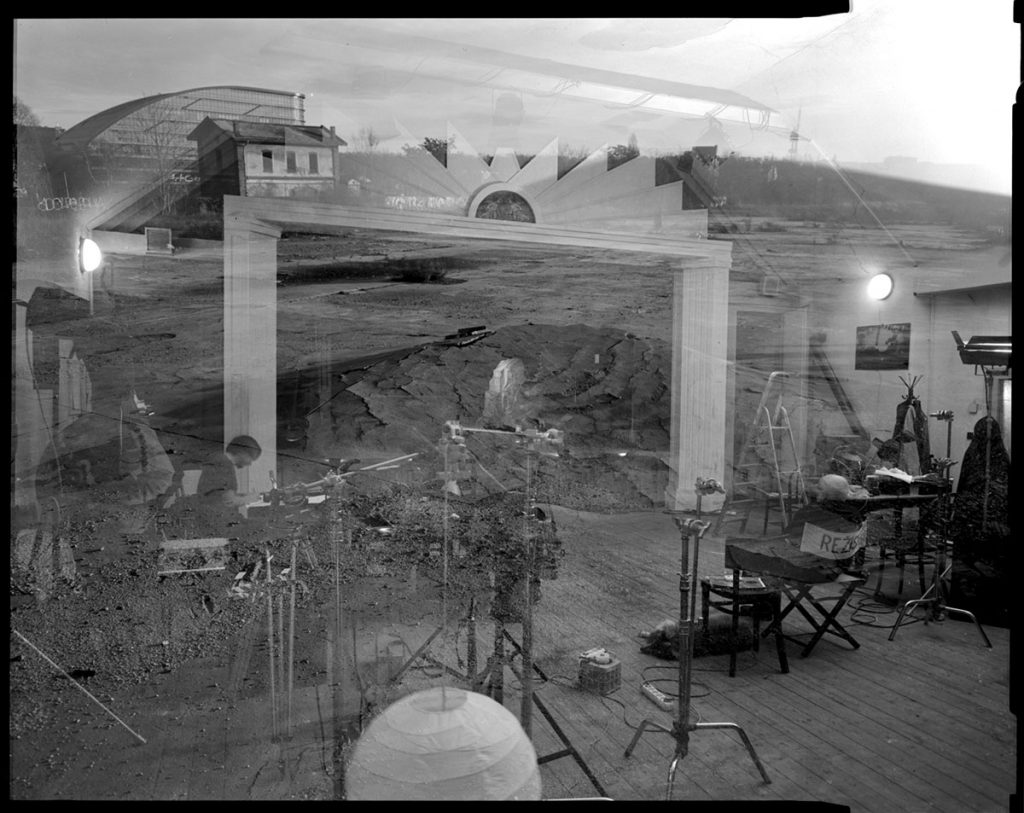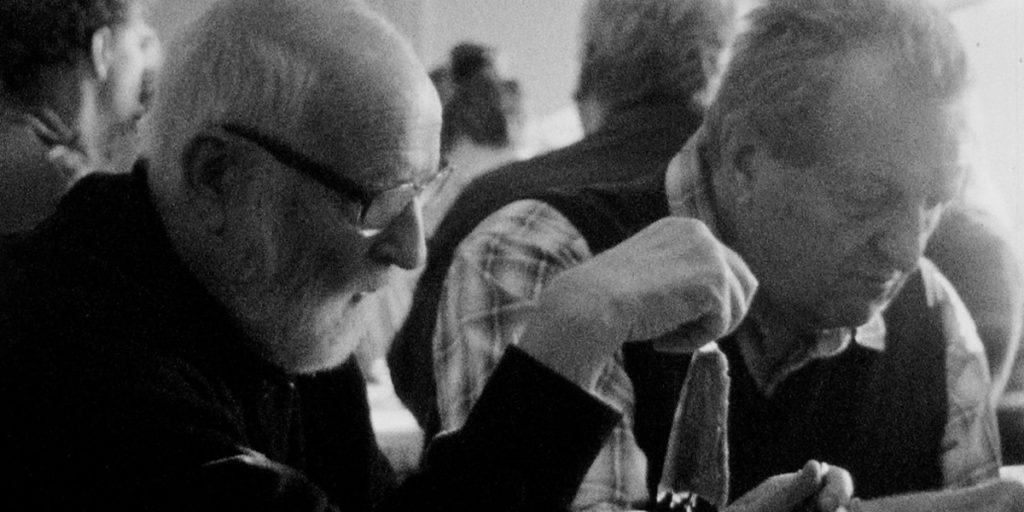In Athanor – The Alchemical Furnace, czech animator Jan Švankmajer makes for a fascinating subject in an otherwise routine about-the-artist documentary.
Jan Švankmajer is, first and foremost, a collector. When the legendary Czech filmmaker is face-to-face with a camera, he’s shy and somewhat combative, so his objects start to do the talking for him. The animator fusses with hundreds of his films’ stars- clay figures, sculptures, statues- which he houses in a large studio. The camera he’s faced with, guided by Adam Ol’ha and Jan Danhel, follows these objects, and Athanor – The Alchemical Furnace tries to locate the artist through them as Švankmajer does in his own work.
For the uninitiated, Jan Švankmajer’s work spans decades, usually featuring tactile and grotesque stop-motion animation, about as far removed from the friendlier works of Aardman or Laika as possible. One of his most popular films, the 1988 Alice in Wonderland adaptation Alice, is a frequent touchstone for Ol’ha and Danhel, who cut sequences of that film together with Švankmajer’s own reflections on tactility and fetish in his art.
These moments feel instructional, teaching the audience how to engage with the film, which is interesting but a bit simplistic. Švankmajer’s work is notorious for its oddity, and the experience of his films can be far more multifaceted than what is offered here. Ol’ha and Danhel both collaborated with Švankmajer on his final short film and are perhaps naturally more interested in the practical rather than sublime qualities of the man’s work.

Better than these sequences, which are fine but repetitive, is the study of Švankmajer’s late wife, Eva. A painter whose collaboration with her husband greatly influenced his own sensibilities, Eva’s absence is palpable, while the documentary’s study of objects is never more humane than when Jan is explaining the decommissioned bed they once shared, or the tree Eva was buried underneath. The latter moment in particular seems to catch the filmmakers off guard and is one of the more candid and striking elements of the documentary’s otherwise simple, workmanlike aspects.
Ol’ha and Danhel provide enough details to keep the two hour film interesting. Following their subject for three years covers a lot of ground, which includes Svankmajer’s relationship with his Surrealist collective and sometimes-combative producer Jaromir Kallista. These moments shade in Svankmajer beyond simple analysis of his films, and shooting several of his speaking engagements helps the shy artist to put more of his thoughts into the film. Still, Ol’ha and Danhel don’t always organize this information well. On a scene-to-scene basis, Athanor – The Alchemical Furnace works just fine, but the pair drop and then return to certain relationships arrhythmically. The documentary is long, and its three major conceits- as biography, filmography analysis, and artist’s statement- start to clang together, one overtaking the other whenever necessary to sustain the film’s energy. Svankmajer himself comments on how impossible it is to know what the proper runtime for a film is, but Animal Furnace does tend towards being overlong by its endpoint.
It is somewhat ironic that such a rote quality would be endemic in a document about Svankmajer, but the straightforward, information-first filmmaking is mostly unencumbered and offers a simple primer on a great artist.
Athanor – The Alchemical Furnace was screened at the 47th Seattle International Film Festival on April 8-18, 2021.

